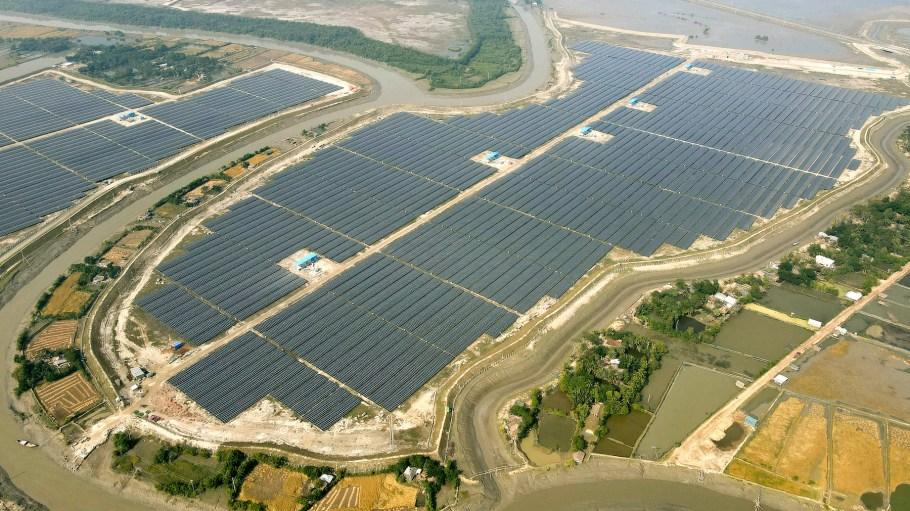Beximco wants to “bring Bangladesh to the world.” But it’s currently bringing the world to Bangladesh.
The largest private-sector group in Bangladesh constructed the country’s largest solar power plant at 200 megawatts (MW) at Sundarganj in the Gaibandha district on a 650-acre plot of infertile land through its Teesta Solar Limited subsidiary.
Prime Minister Sheikh Hasina inaugurated the opening during a gathering at the Rangpur Zila School ground earlier this month. Energy security is a priority for the country, which is experiencing the worst energy crisis in a decade.
“We think the renewable energy sector will be very important for future energy, so we have taken decision to invest here,” Shayan F. Rahman, chairman of Beximco Power Limited, told Bangladesh Sangbad Sangstha (BSS) news. “We launched the first green Sukok bond, sharia-compliant bonds, in the country to finance this project. We have spent about $300 million in this project. In the future, we are thinking of setting up more solar power plants as per government plans.”
The plant comprises 550,000 panels sourced from Shanghai. It is 65.7 MWs larger than Energon Renewable’s solar plant. The Teesta project, which has been in the works since 2017 and began operating on a trial basis last December, comes at a critical time for the country’s northern region, considering its reliance on imported fuels and fast-declining foreign exchange reserves amid the energy crisis.
The cost of electricity at the plant—which is $0.15 per kilowatt hour, according to the Business Standard—is a matter of concern as it’s expected to increase the revenue deficit of the Bangladesh Power Development Board (BPDB). Last year, the BPDB made the highest net loss at 18.9 billion taka (roughly $173.5 million), according to The World Bank.
Thus, there’s concern due to that cost being approximately 27 percent higher than the country’s most recent electricity rates for large-scale corporations, according to the Bangladesh Energy Regulatory Commission (BERC). Regardless, the BPDB agreed to a 20-year power purchase agreement with Teesta Solar to buy its electricity.
“That [decision] means it’s probably a good deal, a good value, and that they’ll recoup the investment,” said Stephen Budd, chief commercial officer of Beximco North America. “Solar panels cost more upfront, [but] you get the money back down the road.”
Overall, the Teesta Solar project is in line with Beximco’s ethos. The vertically integrated manufacturer, which supplies 17 million garments a month to the likes of Zara owner Inditex, is set to be carbon neutral by next year, Budd said. The Beximco Industrial Park, 350 acres dubbed “Lungs of Gazipur,” is powered by 25 MW of solar panels on its rooftop, according to the company. For scale reference, if 25 MWs can power 350 acres, then the Teesta Solar plant should be able to power 2,800 acres, less than 3 percent of the Sundarganj upazila.
Sealand, a Maersk company, reported that Beximco worked with the intra-Americas regional ocean carrier to transport 728 FFEs of solar panels and 343 metric tons of power transformers and accessories from China to Bangladesh.

